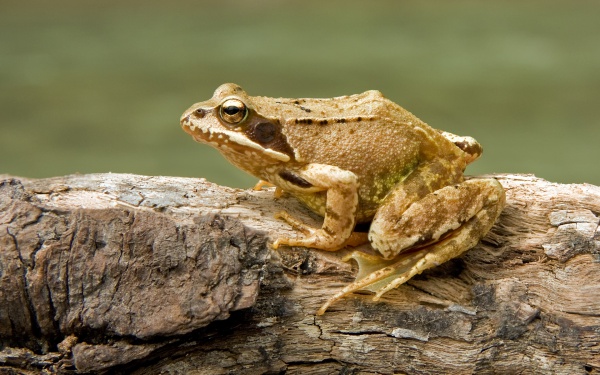Facts About Common frog
The common frog, also known as the European common frog, European common brown frog, or European grass frog, is a remarkable semi-aquatic amphibian native to Europe and parts of Asia. These frogs experience three distinct life stages: egg, tadpole, and adult. Characterized by their robust bodies, webbed feet, and elongated hind legs adept for both swimming and leaping, common frogs are easily distinguishable from common toads.
One can identify common frogs by their longer legs, hopping behavior, and their moist, smooth skin. Their bodies exhibit a wide range of unique color patterns and markings, ensuring that each frog possesses a distinct appearance.
Common frogs are widespread across Europe, encompassing northern regions such as Scandinavia and the Urals, and extending to parts of Asia and Japan. Remarkably, genetic studies indicate that the frogs residing in Ireland may have endured in ice-free refuges during the last ice age, adding to their uniqueness. These frogs favor damp habitats close to ponds, marshes, or grasslands. During the colder months, they hibernate and await the arrival of warmer weather to emerge and spawn in ponds and other water bodies.
The breeding season for common frogs is influenced by environmental cues such as rainfall and temperature changes. Males attract females through vocalizations and occasionally engage in physical competition. After the female deposits her eggs in water, the male fertilizes them externally. The hatched tadpoles grow into carnivorous juveniles, eventually transitioning to feeding on invertebrates on land.
Common frogs face numerous predators, including birds, mammals, and domestic cats. They are also susceptible to diseases like Ranavirus and Batrachochytrium dendrobatidis. Despite these threats, the International Union for Conservation of Nature (IUCN) currently categorizes them as a species of least concern, indicating they are not at imminent risk of extinction. While tadpoles often fall prey to fish and insects, adult frogs must contend with a variety of predators and human-related dangers such as vehicles.

 Serbia
Serbia